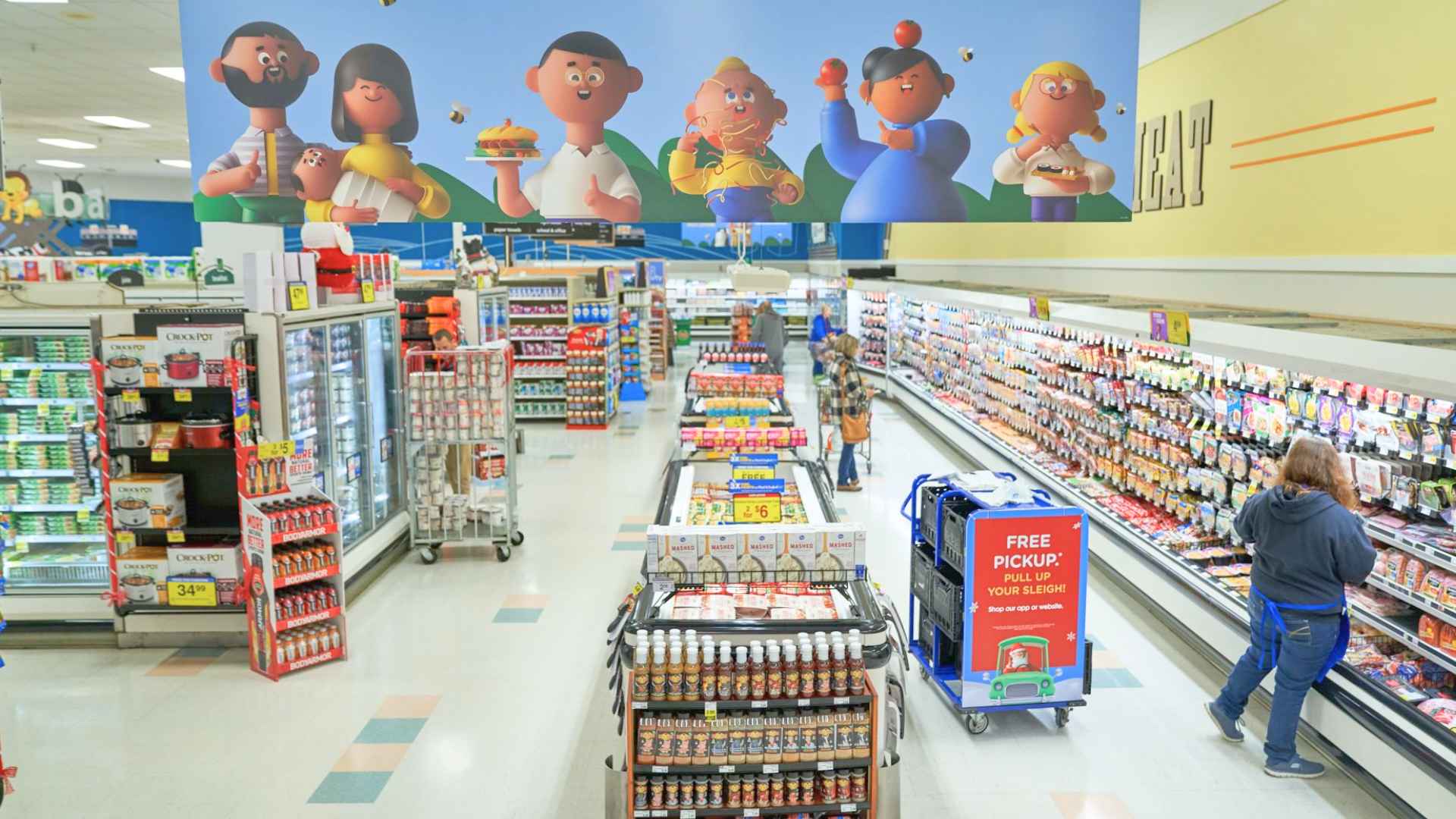Retailer says the move affects about 2 percent of its U.S. footprint and will free up cash for store upgrades.
Kroger stunned shoppers Friday, June 20, by announcing that 60 of its 2,731 supermarkets will close in waves through late 2026. The Cincinnati‑based chain has not yet released a location list, leaving many communities to wonder whether they are on the chopping block.
The grocer recorded a $100 million impairment charge tied to the closures but told investors it expects a “modest financial benefit” once the dust settles. Interim CEO Ron Sargent emphasized that every affected worker will be offered a job elsewhere in the company.
What the nationwide closures mean for shoppers and local employees worried about losing their neighborhood store
Kroger says the targeted outlets are unprofitable “ones and twos” scattered across its 35‑state network. Still, the announcement lands at a time when grocery prices remain stubbornly high. Will your weekly trip suddenly involve a longer drive? Below, key takeaways for communities:
- No immediate shutdowns: Closures roll out gradually over 18 months.
- Job placements promised: Associates can transfer to nearby locations.
- Alternative options: Competitors—from regional chains to booming farmers markets—may see a spike in traffic.
How Kroger says it will reinvest savings into customer experience upgrades across surviving stores
Executives insist the closure savings will be funneled back into brighter aisles, expanded fresh sections, and digital ordering tools. They also highlighted more than 30 “major store projects,” including larger Marketplace formats scheduled this year.
| Metric | Current figure | Post‑closure plan |
|---|---|---|
| Total U.S. stores | 2,731 | ~2,670 |
| Impairment charge | $100 million | One‑time expense |
| Capital spending FY 2025 | $3.6 – $3.8 billion | Unchanged |
| Marketplace store projects | 30+ | On track |
Shoppers often ask, “Will all that spending translate into lower prices?” Kroger stopped short of that promise but said upgraded technology should streamline operations and “enhance value.”
Capital spending and search for new CEO signal shifting company priorities amid competitive pressure
Earlier this year the retailer earmarked $130 million for the Greater Cincinnati–Dayton region, including two new Kentucky stores—a direct counter to rival Publix’s northern push. Meanwhile, the board has begun a national hunt for a permanent chief executive after Rodney McMullen’s March 3 departure following an internal ethics probe.
Sargent told analysts a search firm is already vetting candidates. The leadership shake‑up, coupled with store closures and aggressive cap‑ex, suggests Kroger is re‑positioning for a retail landscape where convenience, digital perks, and fresh offerings matter as much as price tags.
Consumers should monitor local announcements and loyalty‑app alerts over the coming months. Employees, for their part, should speak with store management about transfer options and upcoming training for new digital systems.

